Specs battle – Toyota LC79 Vs Ram. Heavyweight 4x4s dust up for the win (on paper)
Advertisement
If you were to head out of the city limits, and drive in any particular direction for a few hours you would start to notice a trend. Namely, you’ll see more Land Cruisers than any other make and model. The deeper into the remote towns of Australia, the more 79s you’ll happen upon. It’s been that way for decades, and there has not been much to challenge the Cruiser’s Heavyweight Championship Title. The last few years, however, has seen a resurgence in interest in functional work trucks with big torque and big payloads like the Ram. Rigs that’ll get the job done and get you home from the back paddock without a worry.
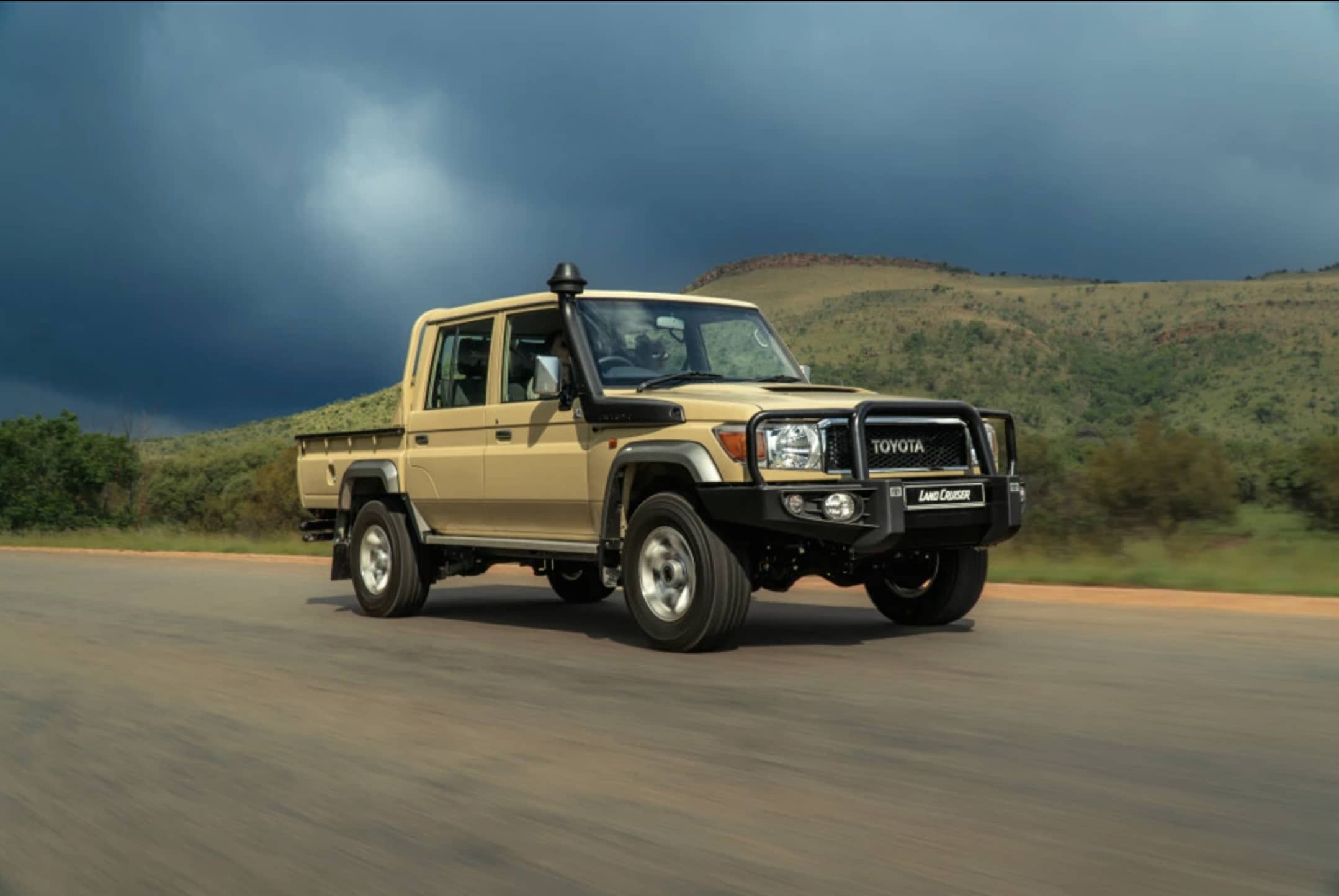
Vehicles like this have long been the go-to for rural folks – just take a look at how much money 20-year-old F250s are still pulling on the second-hand market – and the Cruiser is really the only new vehicle under that magic $100K mark that’ll do the job.
Or it was up until now anyway. The big bad American Ram 1500 (the Crew Cab Express model just scrapes in under a hundred grand) is the first real contender to the LC79’s title since the aforementioned F-Trucks (the F150s are also making a comeback to the Aussie market shortly – so watch this space), and on paper they look sharp.
Will the outdated and under-appointed Cruiser be able to hold on? Will the lack of a viable diesel option in the Oz-delivered Rams be too much of a deterrent?
Let’s get ready to Rummmmmmmmble!
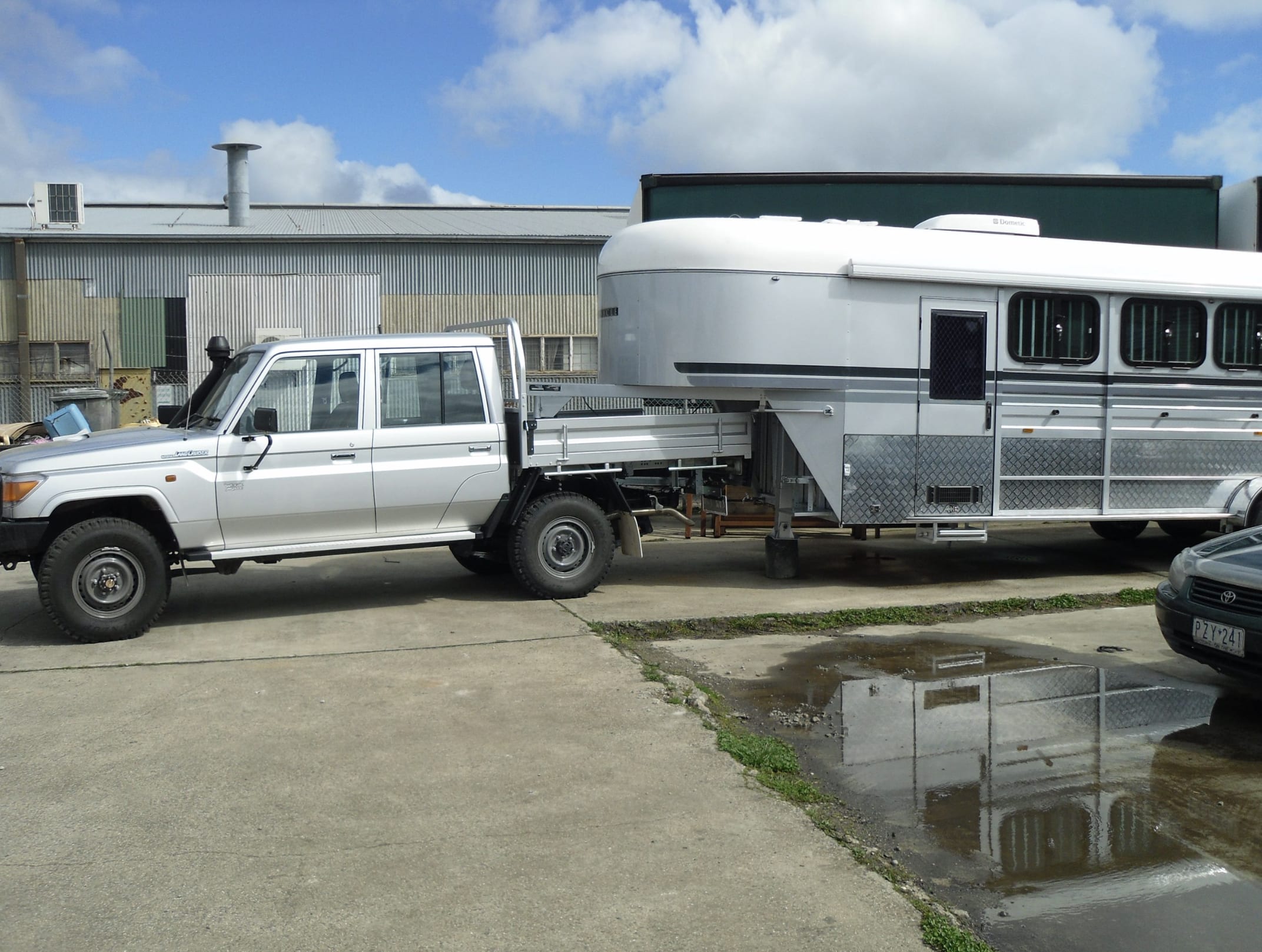
Price: $77,200 (exc. on-roads)
Warranty: 5 years, unlimited km
Engine: 4461cc, 4.5L V8 common-rail turbo-diesel, DOHC 32V
Power: 151kW/203HP
Torque: 430NM
Fuel Consumption: 10.7L/100km combined
Fuel Capacity: 180L
Driveline: Live axles front and rear; 5-speed manual; full-time AWD, dual-range transfer case
Suspension: Front coil springs and radius arms; rear leaf springs
Towing Capacity: 3500kg (braked)
Kerb Weight: 2215kg
GVM: 3510kg
Payload: 1295kg
Interior Appointments: Lol; one cup holder; USB outlet; power windows; vinyl trim; AC; Cruise Control; not much else – Toyota list the front door armrest as a standard feature which basically says it all
Safety: ABS; Pre-collision systems; cyclist recognition; active traction control; Autonomous emergency braking
Tray Dimensions: 1800Lx1900W (standard)
Overall Dimensions: 5220Lx1870Wx1945H; Wheelbase: 3180mm/125in
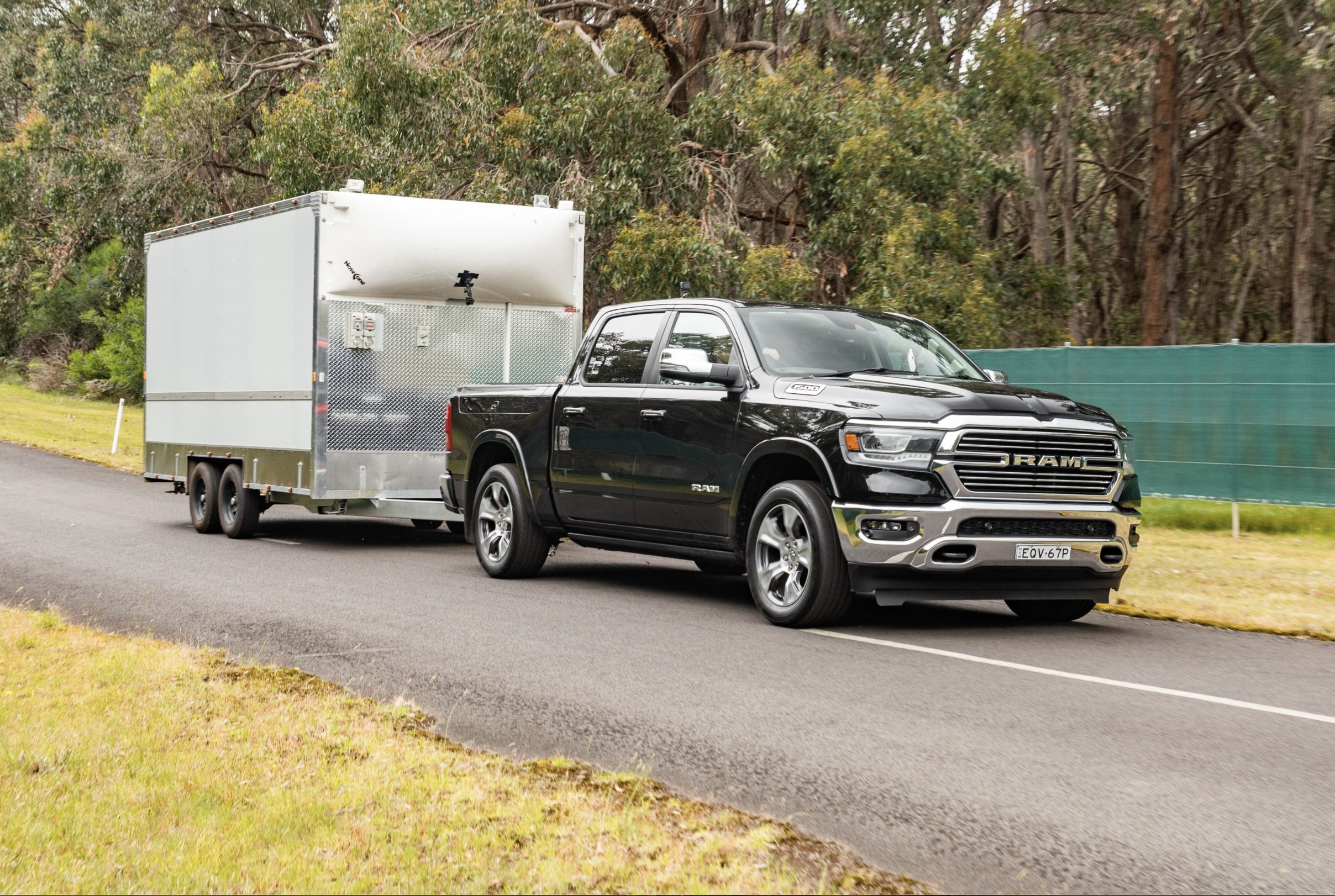
Price: $98,950 (exc. on-road costs)
Warranty: 3 years, 100,000km
Engine: 5.7L naturally aspirated petrol V8, push-rod 16V, hemispherical heads
Power: 291kW/395HP
Torque: 556Nm
Fuel Consumption: 12.2L/100km combined
Fuel Capacity: 121L
Driveline: 8sp Auto, part-time dual-range transfer case, Independent double A-arm front, solid axle rear
Suspension: coil-over-strut front, 5-link coil spring and twin-tube shocks rear
Towing Capacity: 4500kg (braked)
Kerb Weight: 2605kg
GVM: 3450kg
Payload: 845kg
Interior Appointments: 4x cup-holders; cloth seats; power everything; USB and 12V sockets; adaptive cruise control; 8.4in touchscreen; 6-speaker sound system; Bluetooth connectivity; power heated mirrors; climate control; voice recognition; TPMS, trailer brakes; trailer stability control… it’s a long list, you get the idea.
Safety: All the airbags; traction control; ABS; vehicle stability control; reversing camera; surround view camera; blind-spot monitoring; rear cross-traffic alert; lane departure warning; lane-keep assist; semi-autonomous park assist; key-operated panic alarm; parking sensors
Tray Dimensions: 1712Lx1295W
Overall Dimensions: 5833Lx2465Wx1924H
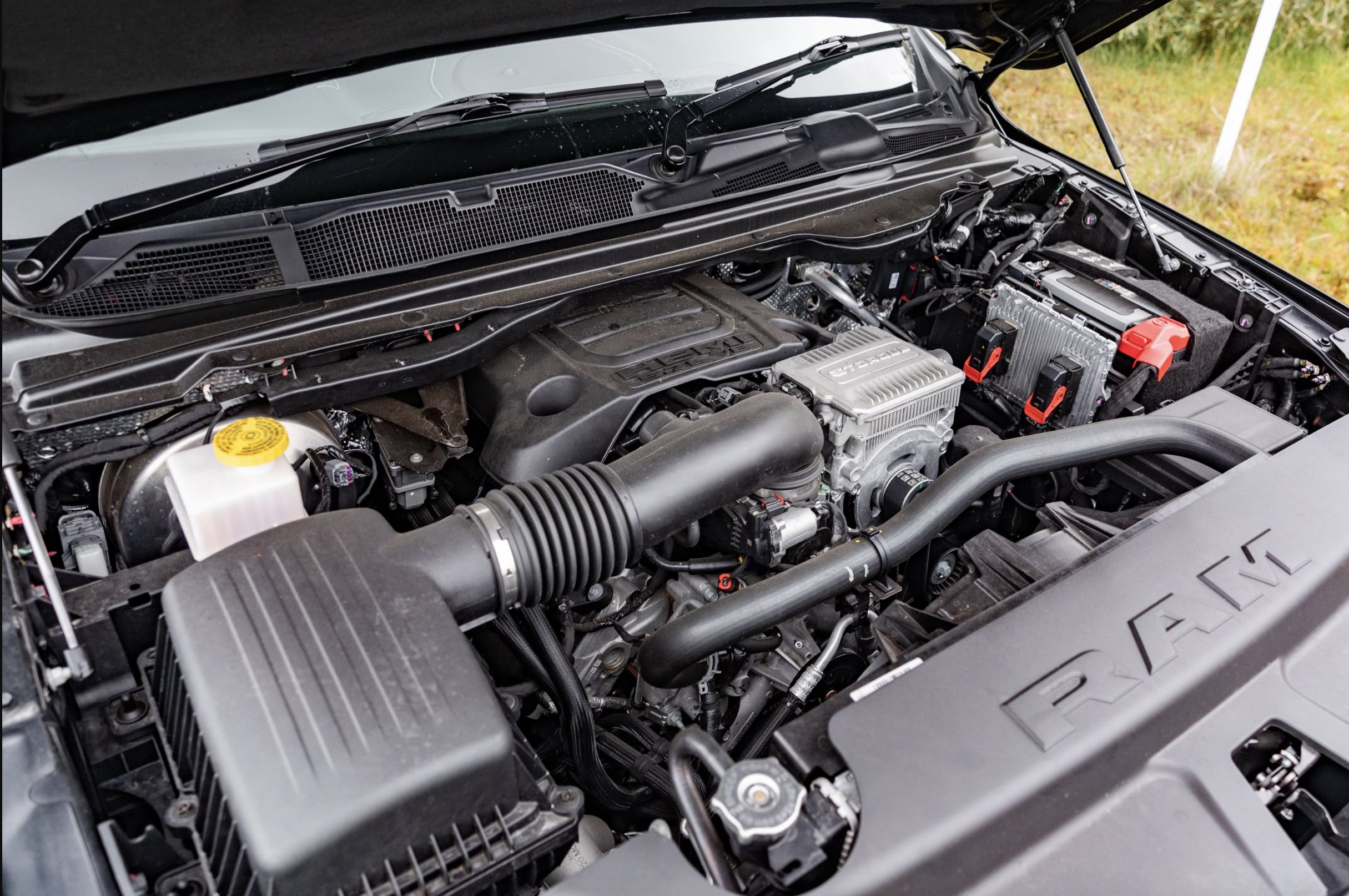
It’s difficult to name a winner for this round as individual needs will vary. The traditional line of thinking in heavy-duty utes is that diesel is generally better due to the lower rev torque production and the better fuel economy. However, modern petrol engines have closed the efficiency gap significantly, and if heavy towing is on the card, the larger 5.7L petty engine will do it a lot easier than the stock 4.5L diesel donk while not using obscene amounts of fuel – the Ram features cylinder deactivation to keep the highway fuel numbers comparable too.
For day to day use though, the Toyota oil-burner will get the W. For towing or you just want to hear that lovely eight-pot burble, lock in the Ram thanks Eddy.
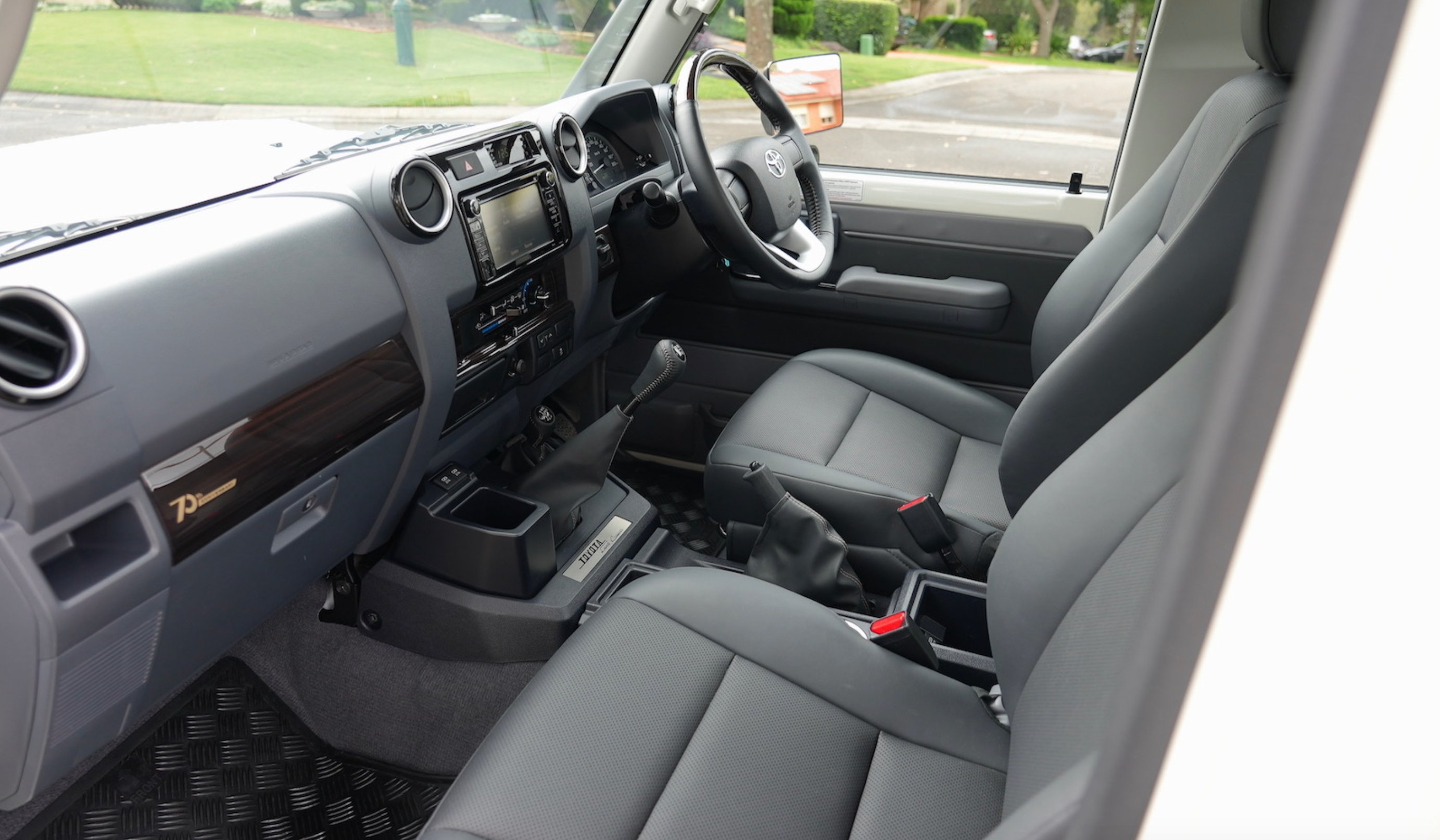
These are both big vehicles that are designed to cart heavy loads and pull swarthy trailers behind them. Using either as a daily driver is extremely easy, but if comfort is at all on your priority list then the Ram is simply a nicer rig to spend a few hours behind the wheel. Interiors have long been an Achilles heel for Yotas, and the LC79 is still essentially sporting the same mortuary slabs for seats that came in a 1985 HJ75.
The solid axle front end on the 79 is a lot more agricultural than the IFS and coil rear of the Ram, which also affects ride comfort, yet if serious off-road use is a requirement this may actually be a positive for you.
Either vehicle is not particularly suited for shopping runs or underground car parks. Most Aussies don’t like the descriptor “truck” used in place of “ute”, but that’s what these two behemoths are, and need to be driven as such. You wouldn’t take your Pantech to the KFC drive-thru would you? If you do, send us the video footage, Legend.
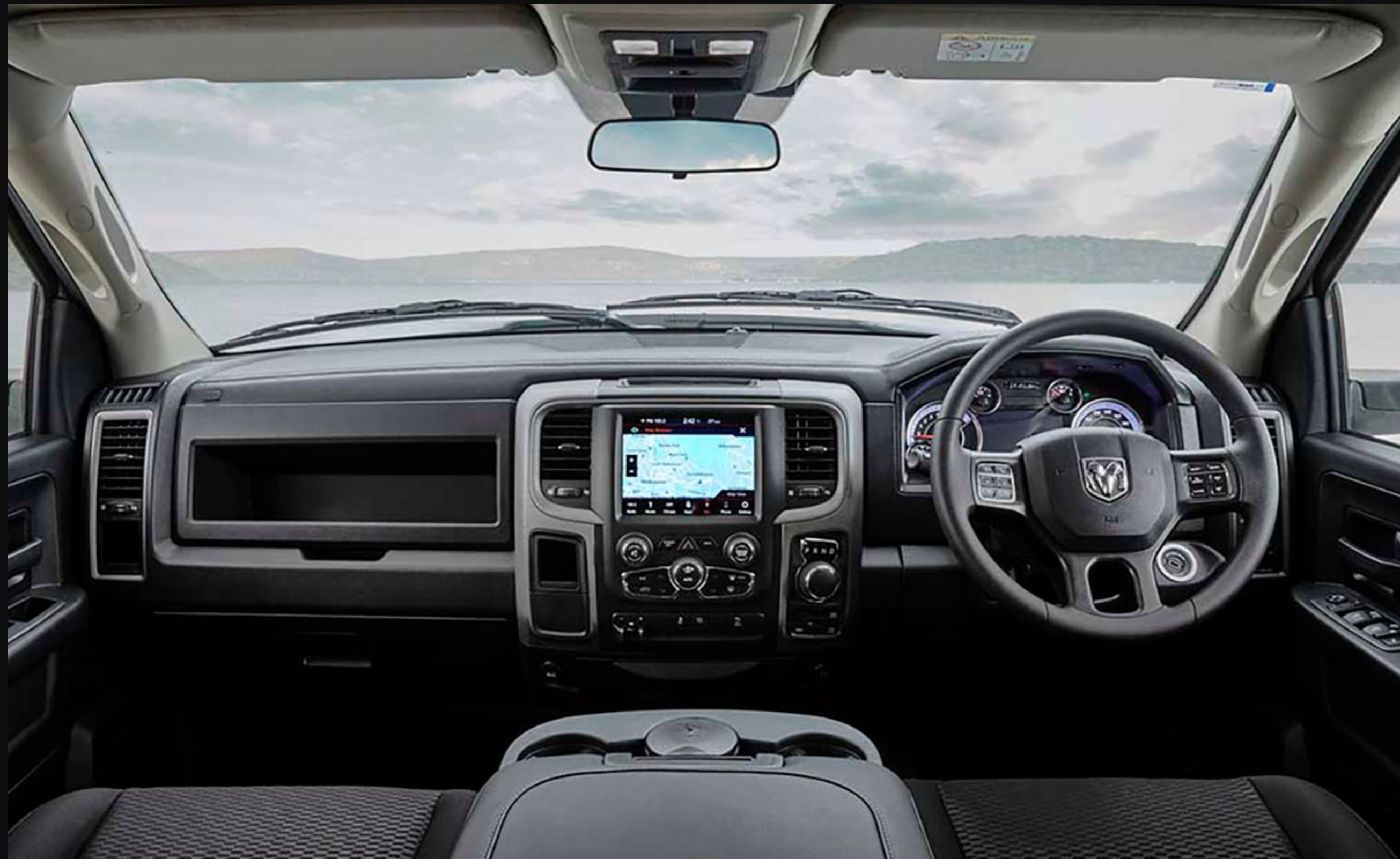
If you are piloting one of these rigs on the daily, then as mentioned, the Ram is simply nicer to drive. More luxury appointments, comfier suspension, more than one cupholder and you don’t need to start up an Instagram account for your car and use words like “game-changing” all the time.
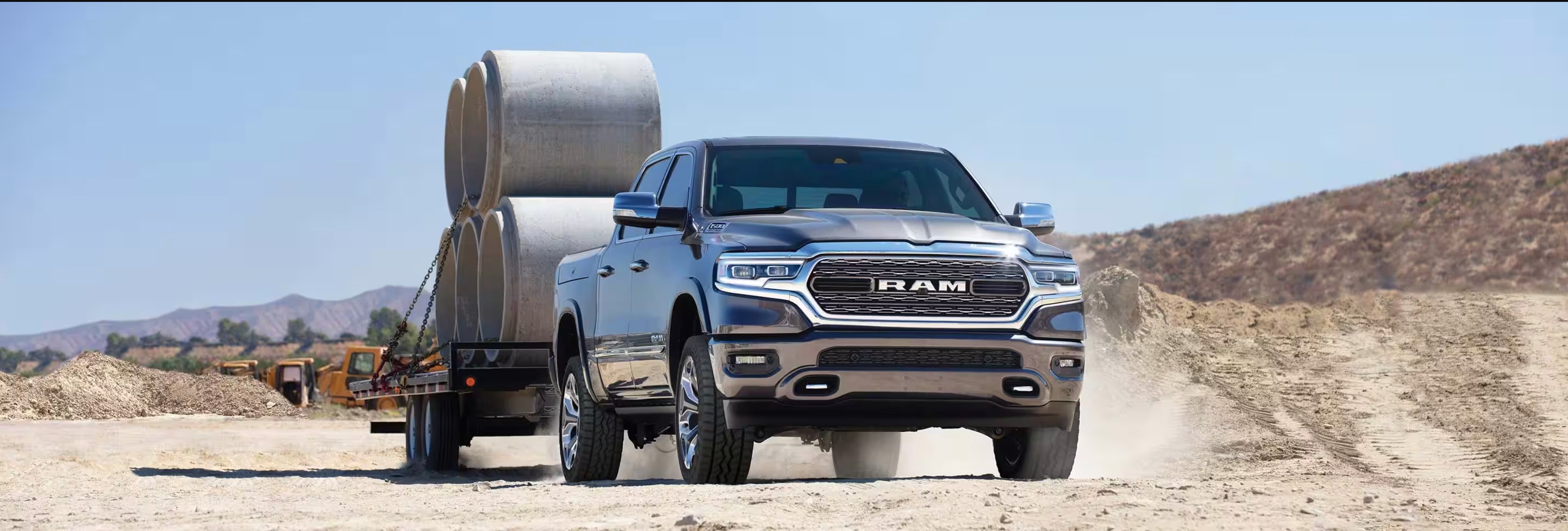
While the Ram does have an extra 1000Kg of braked towing capacity, the Cruiser ain’t no slouch and could pull pretty much everything short of a fifth-wheeler horse float. Still, the Rams are built in `Murica, and those guys like to tow small apartment buildings to go “camping”, so it’s not really surprising that the Ram is more suited to the role.
Interestingly, the LC79 has a bunch more payload than the Ram’s rather paltry 845kg. Perfect for hauling a dozen hay bales in the tray or a back seat full of burly miners and their welding gear. One “gotcha” with payload is to keep in mind that accessories all take weight off your final carrying figure. A steel bulbar, winch, full fridge, canopy and a couple hundred kilos of ball weight eat into these figures mighty quick, so be careful.
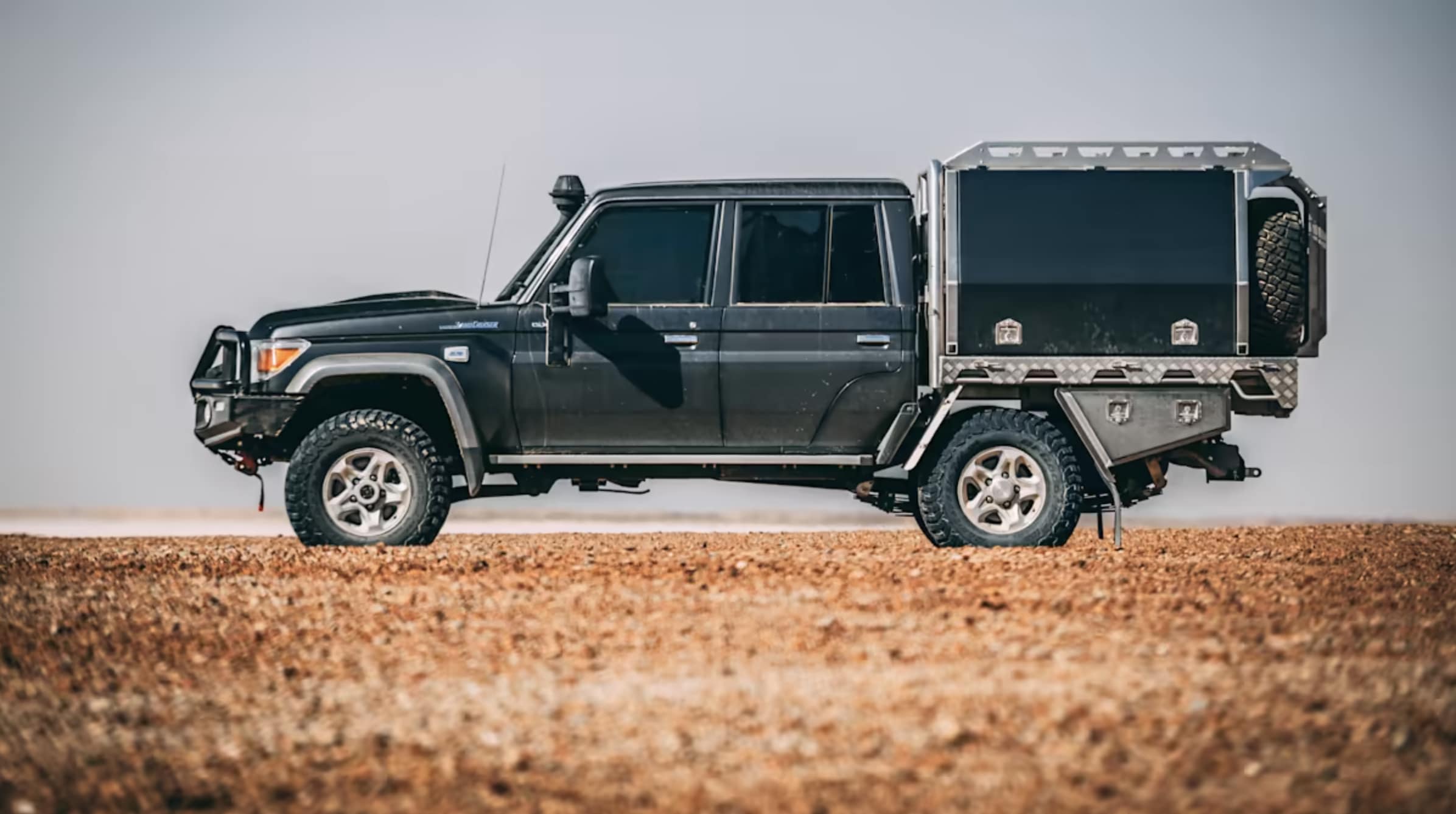
Despite there being plenty of mods out of The States for the Rams, the Cruiser still has it beat hands down. It’s the Aussie version of the Jeep Wrangler, in that anything you can imagine for them is readily available.
Both vehicles could do with a GVM upgrade if heavy towing or work is on the cards. A heavy-duty clutch coupled with a tune really wakes the 4.5L diesel up, while there are supercharger kits off-the-shelf for the Hemi. Suspension for both is practically a must, as well as some more aggressive rubber. It all comes down to the depth of your pockets and how much of me projecting what I wish I could do to both that you’re willing to put up with. Sigh.
The bigger brother to the Ram 1500 – the Ram 2500 that comes with the beautiful Cummins straight-six 6.7L turbo-diesel – was not included in this yarn due to its price. Ringing in at around the $200K mark did not really lend itself to a fair comparison we reckon. Still, if you like the Ram but really really want a diesel, the 2500 is your guy.